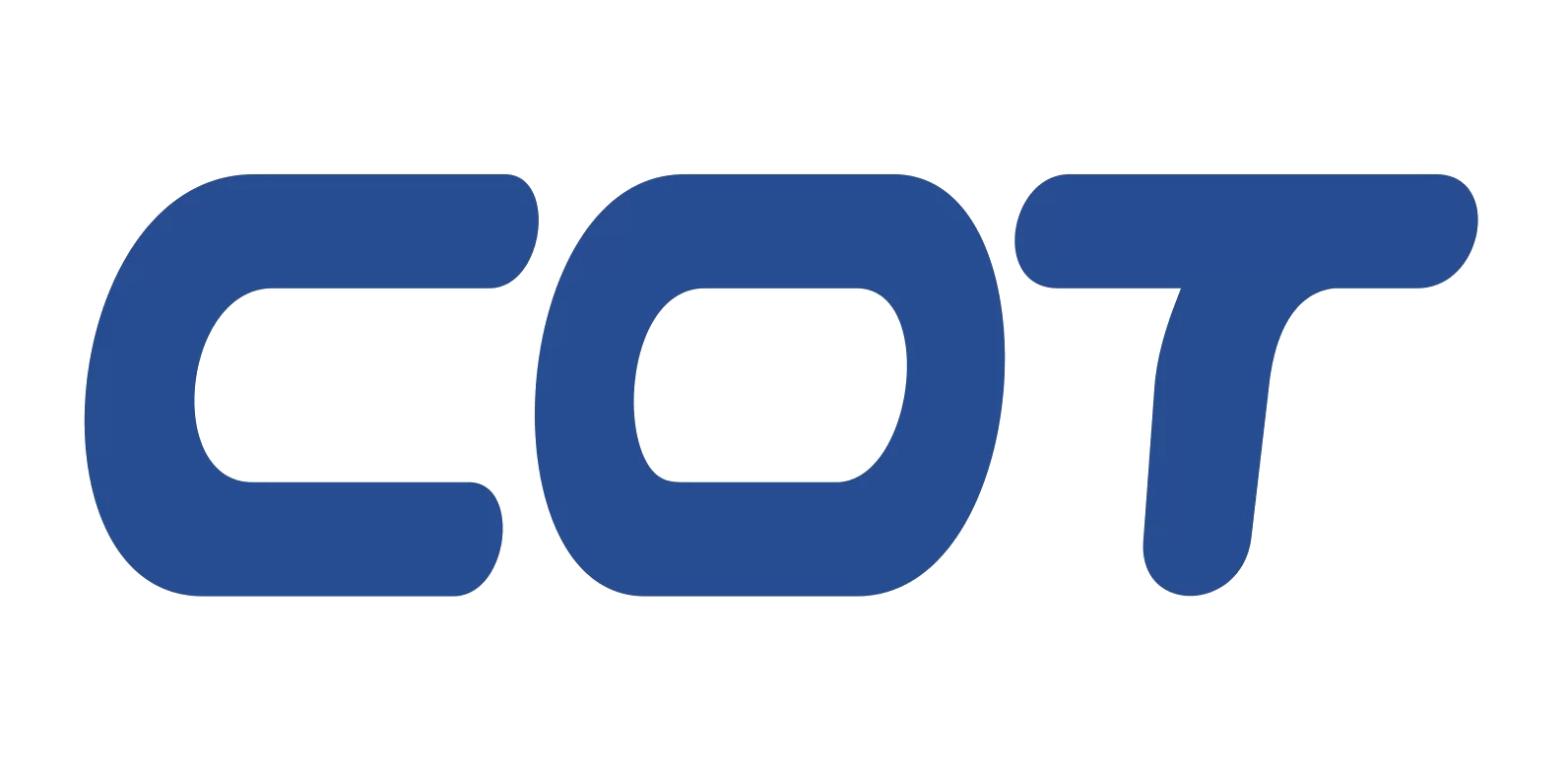Serial Number | Model | Resistance(mΩ) | TCR(ppm/℃) | Accuracy(%) | Encapsulation |
1 | 3921MP12F0M20 | 0.2 | ±200 | ±1 | 3921 |
2 | 3921MP09F0M50 | 0.5 | ±100 | ±1 | 3921 |
3 | 5931MP15F0M10 | 0.1 | ±200 | ±1 | 5931 |
4 | 5931MP15F0M20 | 0.2 | ±100 | ±1 | 5931 |
5 | 8420MSL050JPSPT | 0.05 | ±100 | ±5 | 8420 |
6 | 8518MSL100JPSPT | 0.1 | ±100 | ±5 | 8518 |
CSR Typical Application - Vehicle PDU
The application of current sensing resistor (CSR) in vehicle power distribution unit (PDU) is to ensure accurate monitoring and control of current, which is crucial for the performance and efficiency of PDU.
CSR is used in vehicle mounted PDUs to monitor the current in the power system in real-time, ensuring that the current is within a safe range, preventing overcurrent situations, protecting the circuit from damage, and improving the overall efficiency of the system. Overcurrent protection is usually achieved by monitoring the voltage drop across the CSR terminals. When the current exceeds the preset safety threshold, the voltage drop detected by CSR will exceed the set value, and the control circuit will quickly respond by cutting off the power or reducing the current to protect the system.
- current monitoring
- Overcurrent protection
- Load Balancing
- Size and packaging
- Accuracy and stability
- Power Handling Capability
The specific working principle of current sensing resistor (CSR) in vehicle power distribution unit (PDU)
Current monitoring: CSR measures the voltage drop generated by the current flowing through the resistor in series in the circuit, thereby achieving real-time monitoring of the current in the on-board PDU. This monitoring is crucial for ensuring that the power system operates under safe and efficient conditions.
Overcurrent protection: When the detected current exceeds the preset safety threshold, CSR can trigger protection mechanisms, such as disconnecting the circuit or reducing the current, to prevent damage to the power system due to overcurrent.
Power control: CSR provides accurate current feedback signals, and the control unit of the on-board PDU can adjust the output of the power supply based on these signals to adapt to different load requirements and optimize energy efficiency.
Thermal management: By monitoring current and voltage, CSR helps calculate the power loss of the power system and estimate the system temperature, which is crucial for heat dissipation design and protection.
Fault diagnosis: CSR can help detect abnormal situations in the power system, such as short circuits or overcurrent, diagnose and prevent potential faults in a timely manner, and improve the reliability of the system.
System Security: CSR ensures the security of the onboard PDU system, and through communication with the control unit, ensures the stable operation of the entire onboard power supply system
How to maintain CSR in vehicle PDU?
Maintaining CSR includes regular inspections of its electrical performance and physical condition, such as resistance values, connection stability, and packaging integrity. When necessary, damaged CSR should be replaced to ensure the continuous and stable operation of the system.
What factors should be considered when selecting CSR in vehicle PDU?
When choosing CSR, its rated power, accuracy, temperature coefficient, size, and cost should be considered. In addition, the long-term stability of CSR and its performance in extreme temperatures or harsh environments should also be considered.
How does CSR in on-board PDU affect system performance?
- The accuracy and stability of CSR directly affect the performance of PDU. High precision CSR can provide accurate current feedback, enabling the control circuit to more precisely regulate the output voltage, thereby improving system efficiency and response speed.
What are the considerations for CSR in design?
Factors to consider during design include resistance value, power rating, temperature coefficient, packaging size, and cost. Low resistance values can reduce power loss, but may require more precise amplifiers. In addition, resistors with low temperature coefficients can provide more stable measurements, but the cost may be higher.
What are the possible problems that CSR may encounter in practical applications?
Possible problems encountered in practical applications include the influence of parasitic resistance, errors caused by PCB layout, and changes in resistance values due to environmental temperature fluctuations. To reduce these effects, Kelvin connections (four terminal connections) can be used to minimize the impact of parasitic resistance, and the performance of the signal chain can be optimized through carefully designed PCB layouts.

